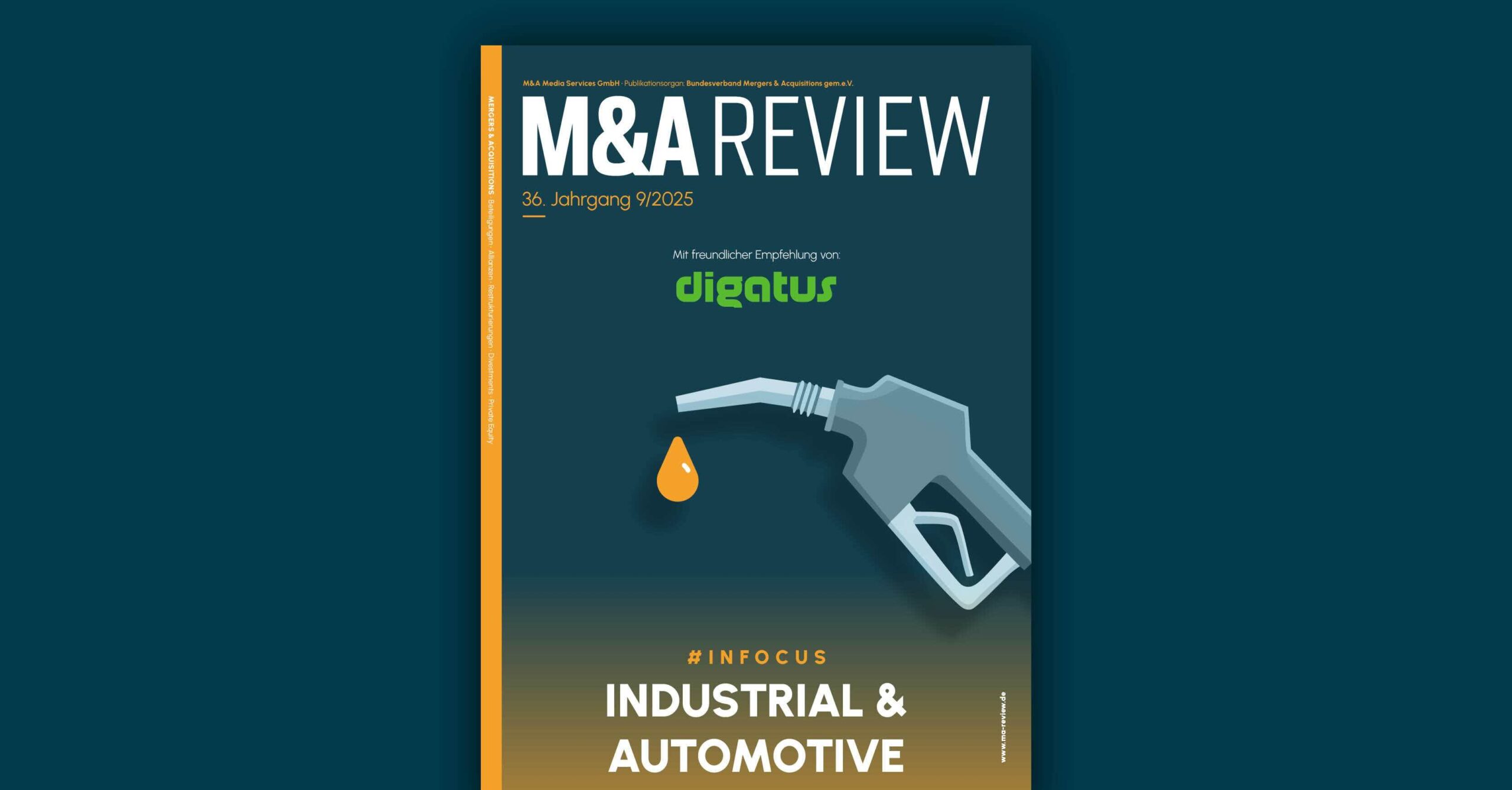Initial Situation and Challenge
The foundation for the transition of the first IT services to the Microsoft 365 environment was laid at the customer’s site back in 2018. Here, initial experiences from small projects were gathered over the past two years, which should also be considered in the group-wide rollouts. In parallel, a project was started to build a completely new employee portal based on SharePoint Online, which was to form the central platform for corporate communication and collaboration. For the project, one of the most important challenges here was to define and implement the necessary basic building blocks quickly in terms of time, but also sustainably in terms of technology.
Particularly complex were the necessary adjustments regarding security (Conditional Access, Multi-Factor Authentication, Data-loss Prevention and Information Protection), management of Microsoft Cloud licenses and transition concept (automation, governance) as well as lifecycle management. Special importance was attached to the cultural change associated with such a transformation – i.e., the ‘Management of Change’.
Technically, we were to support all decisions and concepts for the Microsoft 365 overall platform as well as specifically in the area of email.
Solution
Our consulting team supported from the beginning with the conceptualization, the selection of technology components and their appropriate expansion stage. In the face of prevailing time pressure, we were able to perform a ‘Quick-Health-Check’ based on our experience from previous projects. This identified the most important activities to equip our own project, as well as the employee portal project, with the necessary prerequisites.
In the further course, we supported the definition of Microsoft 365 services as well as Azure cloud computing functions, which were primarily necessary for license negotiations and agreements with the IT security department. To achieve a better understanding here, our consulting unit actively simulated the future functions in a test environment.
After selecting the future IT provider, our consulting team helped implement the necessary information, decisions, and recommendations with the provider.
In spring 2019, we successfully created the transition planning and concepts, which were primarily aimed at an automatic and completely smooth process. Here we were able to use proven best practice approaches to recommend a stable and established process to the company.
In summer 2019, the first users could then be migrated with the process, so that a rate of 2,500 users per week could be simulated and successfully tested for the rollout.
In August 2019, we then handed over the planning coordinated worldwide with the IT provider and were thus able to successfully transfer the rollout, which is managed and supervised by the company itself.
Customer Benefits
We rely on a structured approach: From supporting the vision/strategy through a health check, concept creation, project setup, transition planning to adjustments in service management.
Here, the customer benefits from experiences from comparable projects and can especially rely on the technical know-how to implement the solution adapted for them in a future-oriented manner.
Due to our independent position, we can recommend the functions that make sense for the customer and their benefits, regardless of license costs or revenues.




